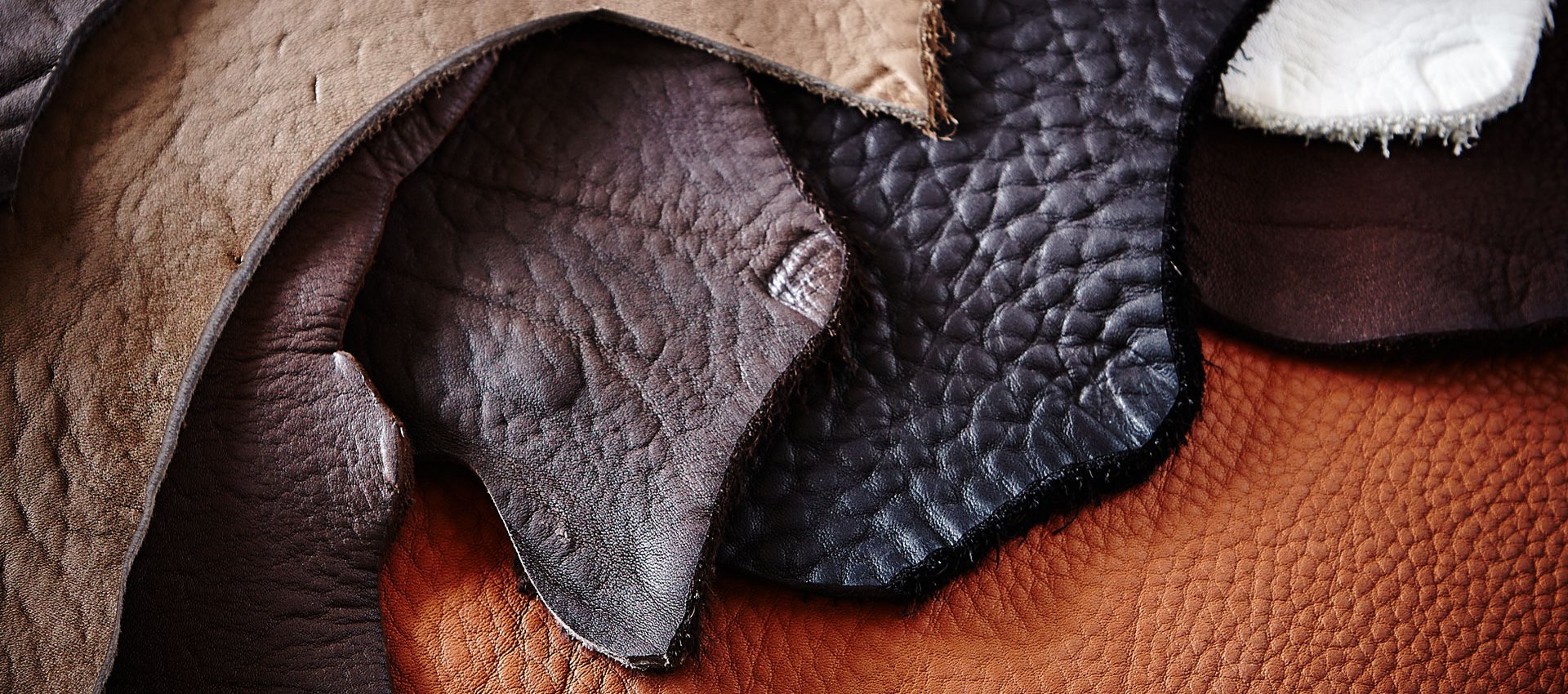Traces of wear
It is not unusual that pieces of upholstered furniture are frequently in use for several hours every day. This means that they will develop completely normal signs of wear. This is unavoidable and completely natural wear which has nothing to do with workmanship and quality.
Maintenance care for upholstery furniture
Upholstery furniture are soft and deformable. Maintenance care is essential to preserve its quality and use properties.
Light and heat
Direct sunlight changes coverings. They fade over time. Particularly with natural leathers, this must be considered when choosing the place where the sofa will stand. The effects of heat can also change a covering and make it porous and brittle. Please do not place your leather furniture too close to a radiator since that would cause a buildup heat. A care lotion with light protection to prevent the color from fading is generally recommended.
Patina
Leather lives right along with you and develops its own patina as time goes by. That has nothing to do with soiling. Instead, patina is the sum of the signs of wear that use leaves behind and actually represents a record of the beautiful aging of a surface: With faded places, folds, rough spots and a certain glow. Nothing that one could create artificially.
Wrinkling
The coverings change due to the influence of body heat, body moisture and body weight. They stretch over time thus creating "waves." However, this does not affect the quality. The following rule applies: The stronger the covering material, the larger the seating area and the softer the upholstery, the greater the tendency to wrinkle.
It is also normal, that the bias voltage is a little softer and the cover gets wirnkles in the first three or four months. This development is comparable with the change of new shoes after use.
Very dense, dark or intensive colors
With leather or textile coverings, such colors may rub off slightly during initialuse because of the conditions under which they were produced. With some textile coverings (e.g., microfibers), particles from the manufacturing process are sometimes still stuck to the nap and will get on your clothes or a sofa blanket, for example.
This is why we recommend gently wiping off the furniture group with a clean, dry cloth and then removing the excess particles or gently vacuuming the covering with the upholstery attachment, before you use the group for the first time.
Jeans and non colorfast-textiles
Today most jeans are still dyed with indigo. Unfortunately, these color molecules do not bind chemically with the fibers and only stick to the surface of the fibers. The consequence: Jeans dye comes off on things. And all coverings are defenseless in the face of something like that. Please be sure to keep this in mind if you have light-colored coverings. The same applies to other non-colorfast textiles.
Leather
One of the characteristic signs are seat area and wave formation due to material expansion, patina and glossy areas. When leather is sanded that also goes for residual sanding dust which can reinforce by body heat and wetness. Initially the leather may smell.
Textile
Especially flat woven fabric gets a rough surface in use.
Some fabrics, especially flat weaven and microfibers tend to pilling. Pills are small nodules that are develop by friction, because the loose fibers of the clothes or the covers, swirling on the surface. With a special pilling-shaver they can be removed easily. In fact pills indicate a high quality of a yarn. A capillary and high quality yarn, tend more to pilling than others.
Patina and glossy areas are characteristic traces of wear.
By catching sharp objects (jewelry, zipper, etc.), by contact with Velcro straps, animal claws etz. depending on type of fabric, sling moves are possible.
In chenille flat fabrics and suede, variations of the pile layer, seat mirror education or a surface of the fabric are unavoidable. Patina occurs over time by pressure, body heat or humidity of any kind. Depending on the nap direction of the fabric (pile layer), th fabric nap appear darker or lighter.
Pets
Claws, beaks, teeth: Pet-proof coverings do not exist. Unfortunately, the only thing that helps is to train your little dears in the art of "good" behavior.
Loose back and seat cushions
Some models have cushions which are not permanently attached. They can shift during use but then just return to their normal position afterwards. Cushions which are filled with springs, foam rods or diolen wadding should be shaken out regularly to maintain their original shape.
Stress Resistance
Our products are dimensioned for a maximum static load of: armchairs & chairs max. 130 kg, 2-seater 200 kg (100 kg per seat unit), 3-seater 240 kg (80 kg per seat unit). If a higher load is possible with individual products, it is referred to in the corresponding product information.
Change in seating firmness
Sofas have to be “sat in” just like every automobile had to be broken in. The upholstery adjusts to your body weight. And the seating firmness changes along with that. It becomes softer depending on how it is used and for how long.
This is a normal process that all upholstery goes through. That’s why we suggest that you use all seating elements uniformly and move the seat cushions around.One-sided use changes the seat firmness differently in different places.

